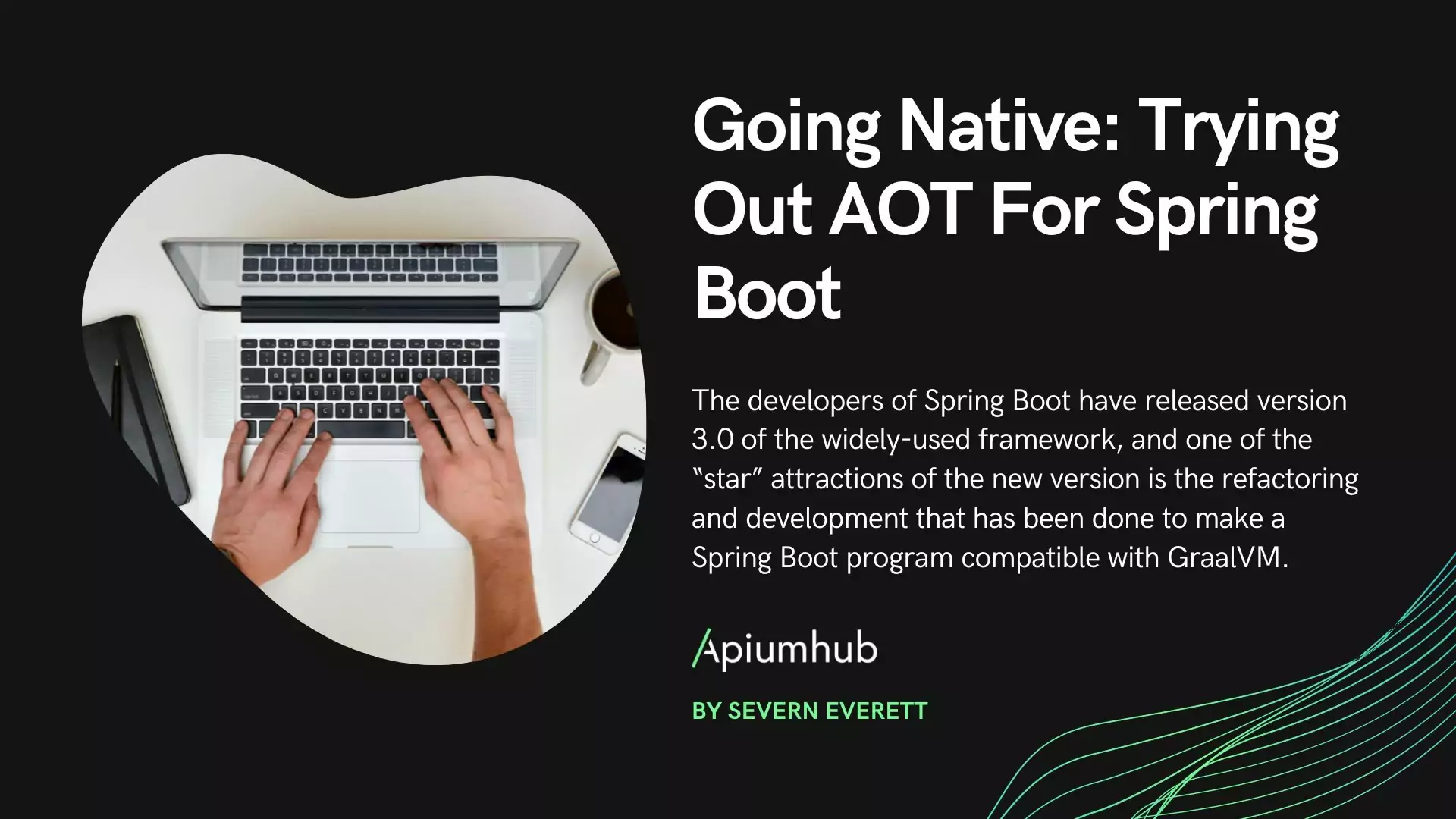Table of Contents
Every single year, mobile applications continue to become more relevant. Fortunately for developers, there are many programming tools available to help building mobile projects. Among these tools there is Flutter, which has distinguished itself lately for several reasons. For many developers, both Flutter and React Native, the popular cross-platform development tools are, each in its own way, the “correct” choice. Here we analyze the Flutter vs. React Native dilemma. Let’s see what are the main Flutter benefits.
What is Flutter?
Flutter is Google’s UI toolkit for crafting beautiful, natively compiled applications for mobile, web, and desktop from a single codebase. This means that you can use one programming language and one codebase to create two different apps (for iOS and Android). Flutter works with existing code, is used by developers and organizations around the world, and is completely free and open source.
Flutter consists of two important parts:
1) SDK (Software Development Kit) that is going to help you develop your apps, including tools to compile your code into native machine code (code for iOS and Android).
2) Framework (UI Library based on widgets) that you can personalize for your own project needs.
Flutter Benefits
- Simple to learn and use: Flutter is a modern framework, and you can feel it! It’s way simpler to create mobile applications with it. If you have used Java, Swift, or React Native, you’ll notice how Flutter is different.
- Quick compilation: thanks to Flutter, you can optimize your productivity when changing your code and see the results in real-time. It only takes a short amount of time after you save to update the application itself.
- Ideal for startup MVPs: if you want to show your product to investors as soon as possible, Flutter is an ideal choice. It’s cheaper to develop a mobile application because you won’t need to create and maintain two mobile apps (iOS & Android). Also Flutter is based on performance so you won’t notice the difference between a native application and a Flutter app.
- Well documented: you can learn a lot from Flutter’s documentation, and everything is very detailed with easy examples for basic use cases.
- Available on different IDEs: Flutter is supported by Android Studio and Visual Studio Code, the two main code editors for developing with this toolkit.
Layered Architecture & Productive Development
Flutter’s layered architecture gives you control over every pixel on the screen, and its powerful compositing capabilities let you overlay and animate graphics, video, text and controls without limitation. Flutter will help you create beautiful, fast apps, with a productive, extensible and open development model. Flutter includes a set of widgets that deliver pixel-perfect experiences on both iOS and Android. You can easily use widgets provided by Flutter and personalize it to create a valuable UI for your customers. Flutter offers stateful hot reload, allowing you to make changes to your code and see the results instantly without restarting your app or losing its state.

Author
-
Senior Marketing Consultant & Marketing Manager at Apiumhub. He brings over 10 years of industry experience. He specializes in digital marketing, SEO & business intelligence, delivering results through data-driven strategies.
View all posts












One Comment
Kapildev
Nice informative article about flutter app development. Yes, as you said it is very easier to learn and implement flutter which reduces the resources cost development of separate iOS and android developer. But definitely need to check the traffic spikes and scalability.